Reykholt
Reykholt is a real town in Iceland, more specifically in the Reykholtsdalur valley, with only 84,000 inhabitants. It is known for its use of geothermal energy - the town and its surroundings take advantage of natural hot springs in order to heat homes, baths and greenhouses, connecting its historical tradition with modern and sustainable practices.

Near the town of Reykholt there is a greenhouse called Friðheimar, which is very popular with tourists. You can have lunch inside the greenhouse, where they serve dishes made with the very crops grown there. It is a fantastic gastronomic experience.
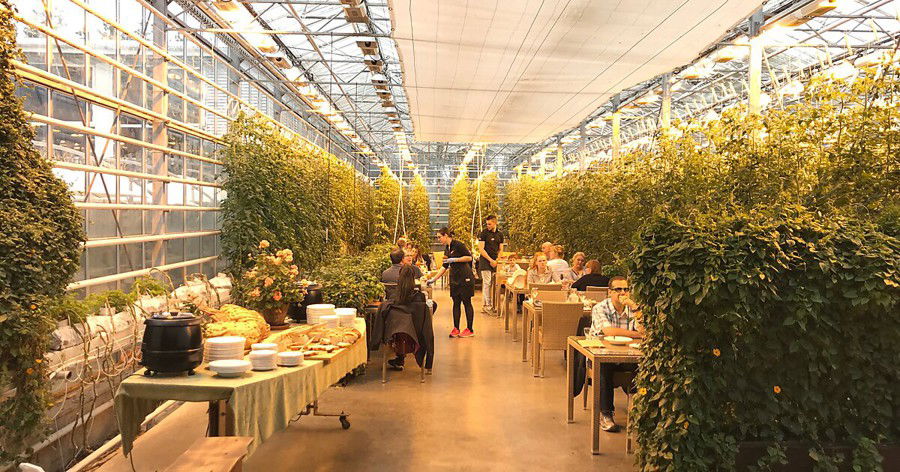
The game designer, Uwe Rosenberg, visited Iceland and was fascinated by the local agriculture that uses geothermal energy. The game's setting is based on this type of sustainable production.
This concept is the basis for the board game: the players are farmers trying to produce and deliver local vegetables (such as tomatoes, lettuce and cabbage) to tourists, all grown in their geothermal greenhouses, which allow them to grow fresh vegetables even in cold temperatures.
Let's go to Reykholt!
Reykholt - Game Info
Reykholt is a 1-to-4 players game, age 14+, by designer Uwe Rosenberg. Art by Klemens Franz and Lukas Siegmon.

Reykholt was released in 2018 by Frosted Games, and released in 2019 in Brazil by Galápagos. As for the mechanics, the main one (and a personal favorite) is the distribution of workers.
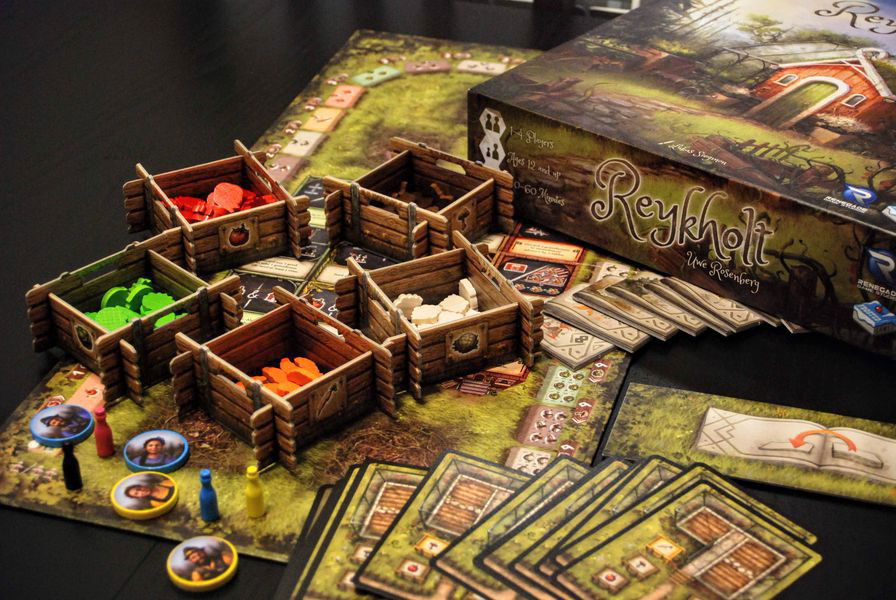
Reykholt's designer, Uwe Rosenberg, has also designed over 190 games; that's quite a feat! His games mostly focus on resource management and strategy, and can be quite punishing to those who fail these tasks. Some of his most famous games are: Agricola, Caverna, Le Havre, Patchwork, Bohnanza, A Banquet for Odin, among others.
Let's play Reykholt!
The Game
Growing tomatoes, lettuce or carrots in Iceland would seem like a far-fetched idea, but not in the city of Reykholt. We will use geothermal energy in our greenhouses to grow vegetables and attract tourist to our town. We'll need to manage our many greenhouses and their respective crops. Time is afoot, and poor management means that tourists won't be attended, which would really damage the town's reputation. The tourist season is fast approaching; are you prepared to welcome them?
This is the scenario in Reykholt!
The idea is to grow vegetables in our geothermal greenhouses and supply tourists. To do this, we have to manage planting and harvesting so that we have the right vegetables at the right time. More greenhouses on our property will increase production. Trading is also important, as it guarantees any vegetables that are lacking. In addition, seeking help from the City Hall will provide us with more workers and help attending tourists. Manage all of this, service more tourists and win in Reykholt!
The setup is simple: just place the central board in the middle of the table, the deck of greenhouse cards separated by parcel next to it, as well as the deck of random greenhouses.

Choose one of the sets of service cards, shuffle it and draw 5 cards from that set, placing them on the table. Next to them, place 3 stacked vegetables (1 mushroom at the bottom, 1 lettuce in the middle and 1 tomato on top). Then, place the game round tiles stacked on the board, from the lowest number to the highest.
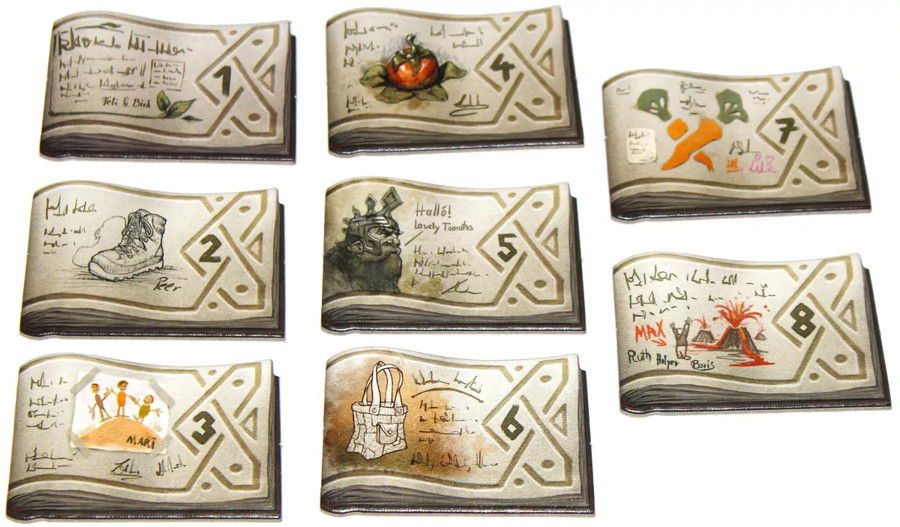
Place the vegetable tokens in the goods boxes, and the goods tiles next to them.
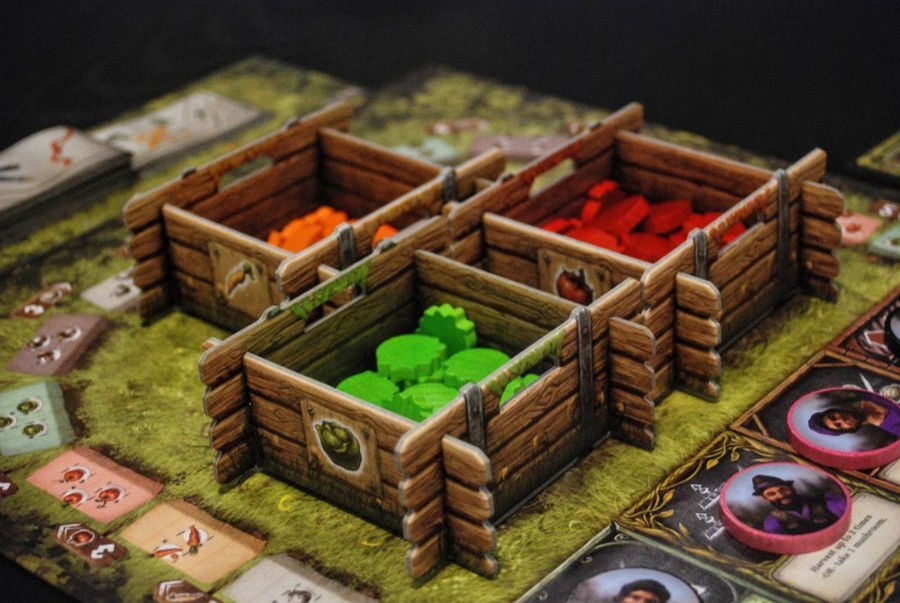
Each player chooses a color, takes their player card, their 3 worker tokens and their manager token. Choose the first player and give them the first player card. Finally, each player places their manager token on the first square of the central board, or rather, on the Tourism Track. That's it!
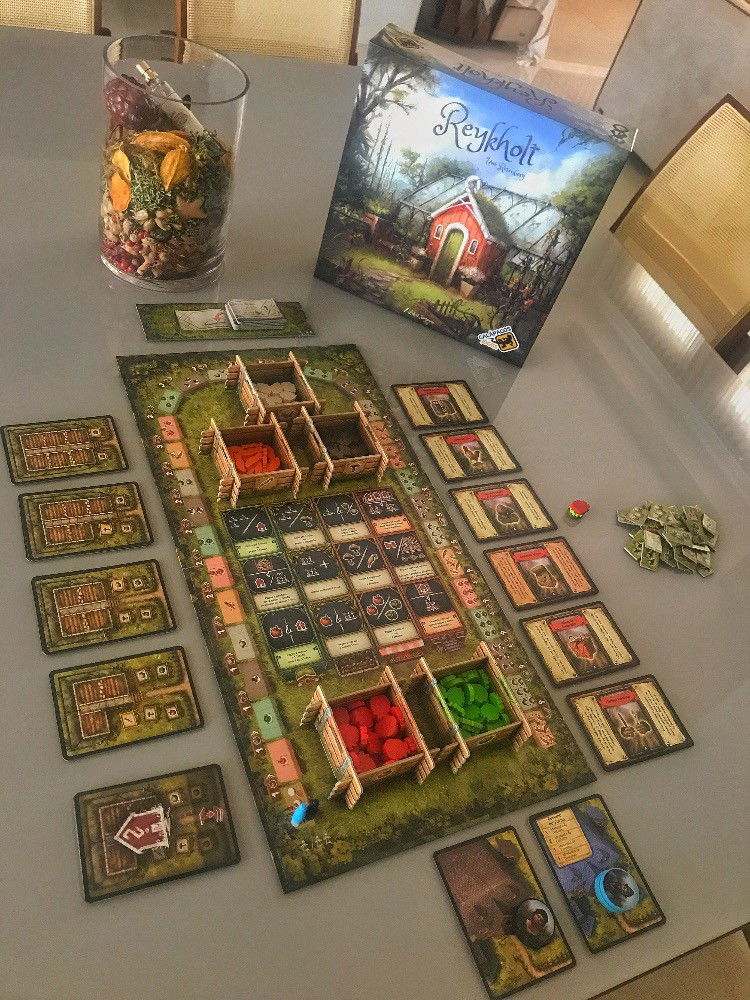
In Reykholt, a turn consists of 4 Phases, or Times:
- Phase 1: Work Time;
- Phase 2: Harvest Time;
- Phase 3: Tourism Time;
- Phase 4: Homecoming Time.
In Phase 1, the Work Time, we place our workers. Starting with the first player, they place their first worker and activates the location's action. Then, the player to the left does the same, and so on and so forth, until everyone has placed and activated the actions of their 3 workers.

As for where you can place a worker, there are 4 columns with different possibilities:
- 1st Column - Properties: basically where we get new greenhouses, but little is sown or harvested;
- 2nd Column - Fields: where there's plenty to sow and harvest;
- 3rd Column - Commerce: where buy goods without sowing or harvesting;
- 4th Column - City Hall: where we acquire service cards, and trade vegetables and/or greenhouses for some bonus.
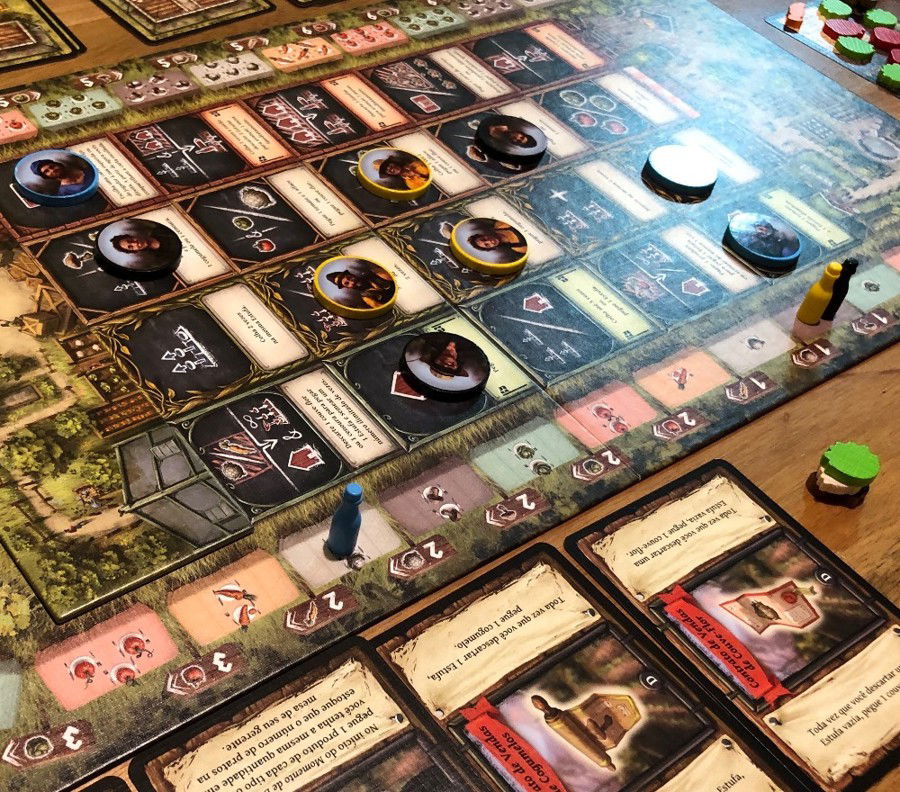
Don't forget that actions in this Phase can be enhanced by the Service Cards bought at the City Hall!
Now, in Phase 2, or Harvest Time, it is time to harvest goods from our greenhouses. In short, we harvest “once” in our greenhouses that we have sown. We do not harvest everything; we harvest only “once”, that is, one item from each greenhouse. This means that, in a greenhouse with 4 spaces, we will only harvest in one of these spaces.
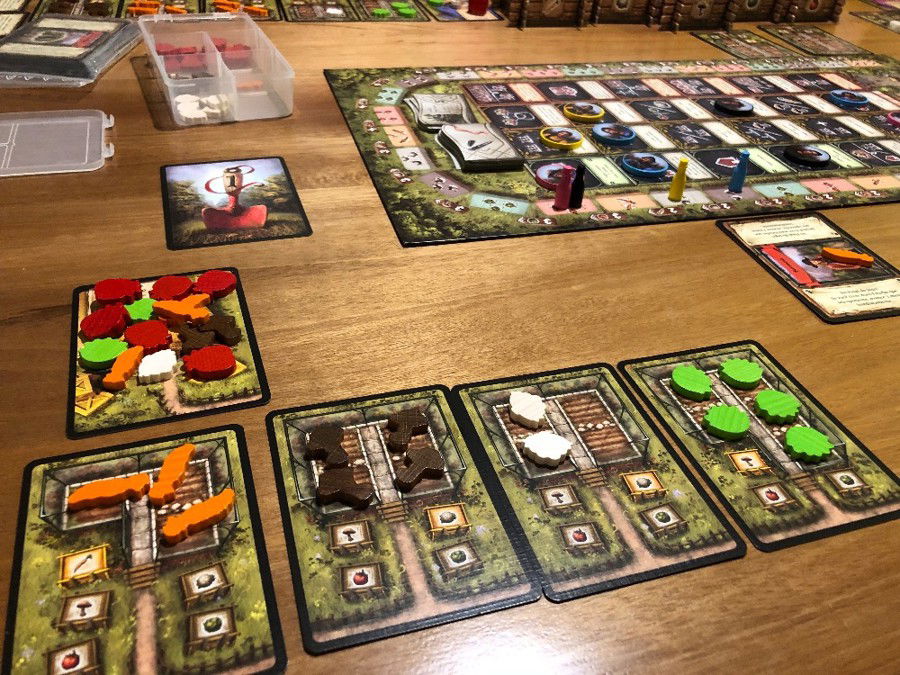
Next is the game's climax, Phase 3, the Tourism Time, when we serve the tourists. In this phase, turn order isn't the same as before, with the first player being the one whose manager is furthest ahead at the tourist track.

At this stage, you advance with your manager, serving tables according to the demands of tourists, as much as you can or want.
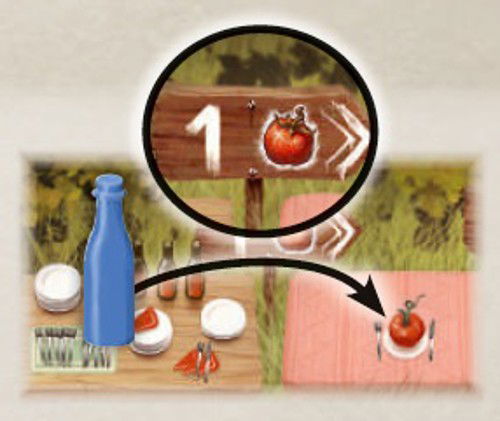
The great thing about Phase 3 is the bonus, which must be used. You can use it before, during, or after serving the tourists' tables. It's simple:
- if you no longer have the first product to serve tourists, use the bonus to receive these products, move on and serve the other tables;
- if you don't have the product during service, use the bonus to receive these products and continue moving on to serve other tables;
- serve the tables, and when you no longer have the products, use the bonus to receive these products and move forward one more table.
In the following image we have an example: the player's manager served cauliflower. Since they didn't have carrots, they used the bonus, received carrots, carried on to serve 2 tomatoes at the next table, and then stopped.
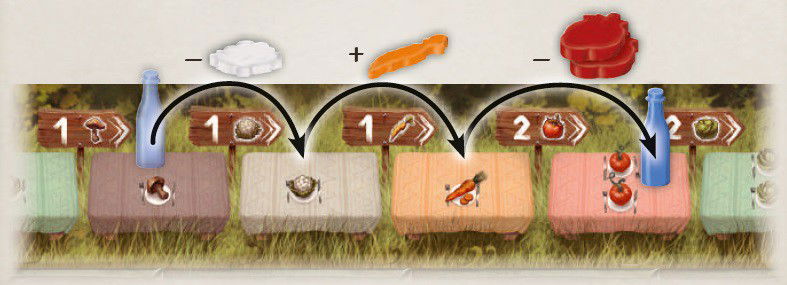
In short, the bonus must be used. It helps you move forward to another table, meeting the demands of the tourists so that you don't stop the service. This is extremely useful!
Finally, Phase 4, or Homecoming Time, where we retrieve our workers and move on to the next turn.

First Player token is given to the player to the left.
This is a turn in Reykholt!
Ending the Game
The game ends if, during Phase 4, i.e. Homecoming Time, the last game round tile is discarded.
The player who is furthest ahead on the tables, i.e. on the Tourism Tracker, wins the game. In the event of a tie, the player who is at the front is the winner (i.e. the last player to arrive at the table).
Strategy Tips
Games by designer Uwe Rosenberg have some common grounds, which really shows the designer's style:
- they require tight play, since resources are very limited;
- you always feel like you could have done a better management;
- they feel like short blankets, when you can't cover your head and feet at the same time.
With Reykholt it's not different: there are only 3 workers for each player. In other words, either we manage this correctly, with well-thought-out strategic actions, or we fall behind. The game favors good strategies, well-coordinated actions between workers, city hall services, planting and harvesting at the right time, and commerce. That's a great design!
Still on the same topic, be aware that in the action columns at the sides (the left one, Properties, and the right one, City Hall), you can only place one of your workers in each of them. In other columns, you are allowed to place more than one worker. Remeber this exception, as it could make a difference.
So, based on this, here are some strategic tips from those who have already played Reykholt:
Use the City Hall services at the beginning of the game, for obvious reasons, to get help in every turn. In fact, the action of sharing a service card can be very beneficial, because a service contracted from the City Hall by another player will also benefit you. It's excellent!
In the midgame, actions on Field and Commerce (the two middle columns) are very useful for an emergency, when a product is lacking and you need to serve a table of tourists. A quicker harvest in just one greenhouse, planting in several greenhouses, or even searching for products in stores, all of this is to meet the demands of tourists.
When it's Tourism Time, plan ahead, having the right products and taking the bonus into account, to advance in the Tourism Tracker, which means you served more tourists. If you can handle having the right products and using the bonus wisely, it is possible to advance a lot and serve tons of tourists. Otherwise, you will inevitably fall behind. The game is merciless!
In the end, that is, in the last turn, the City Hall support, such as discarding greenhouses to advance some tables of tourists, can be the difference between victory and defeat. Use it at the right time.
Use your strategy, sow and harvest at the right time, serve the tourists well and win in Reykholt!
Unboxing, Rules, and Gameplay videos
Unboxing:
Rules:
Gameplay:
Pedagogical Tips
If you are looking for a game with an excellent cultural content, beautiful components, easy to play and that will provide excellent stimulation for your child, Reykholt is the game for you!
Before playing, talk about the rich cultural history that surrounds the city of Reykholt. At the beginning of this review, I gave a starting point, but the region's history and culture are fantastic. Spend some time on this with the children; I am sure that the game will have a different “feel” if they understand the importance of growing vegetables sustainably in an inhospitable place.
The components are beautiful, the vegetable tokens are perfect, the board is totally iconic, easy to understand and play. In short, everything will charm the children. The goods boxes, in particular, are a work of art.
Logical and mathematical reasoning will be stimulated throughout the game. After all, they will have to plan how to grow, harvest and deliver goods to the tables in order to meet the demands of the tourists. Logistics will be essential to ensure that everything runs like a clock, and nothing goes missing. All this management and strategy are a great stimulus coming from such a cool game.
Managing vegetables and greenhouses, and strategically choosing how to use their workers, will make the children find themselves in various situations of choices and decisions that will impact their crops and the service provided to the tourists. This is very fun and stimulating!
Calculating the costs of meeting the tourists' demands will require logical-mathematical reasoning, since there is no spare change in the game: you have to give the exact amount or you won't get points. This is a great mental exercise for children.
Another thing that will entertain children is overseeing the plant and harvesting process, and how this effort becomes vegetables for the tourists. They will "taste" success and have fun with the idea of growing crops even in such a cold place.
From an educational perspective, Reykholt teaches culture, stimulates management, strategy, decision-making, logical-mathematical reasoning and, on top of that, it's fun!
I recommend Reykholt for your collection!!!








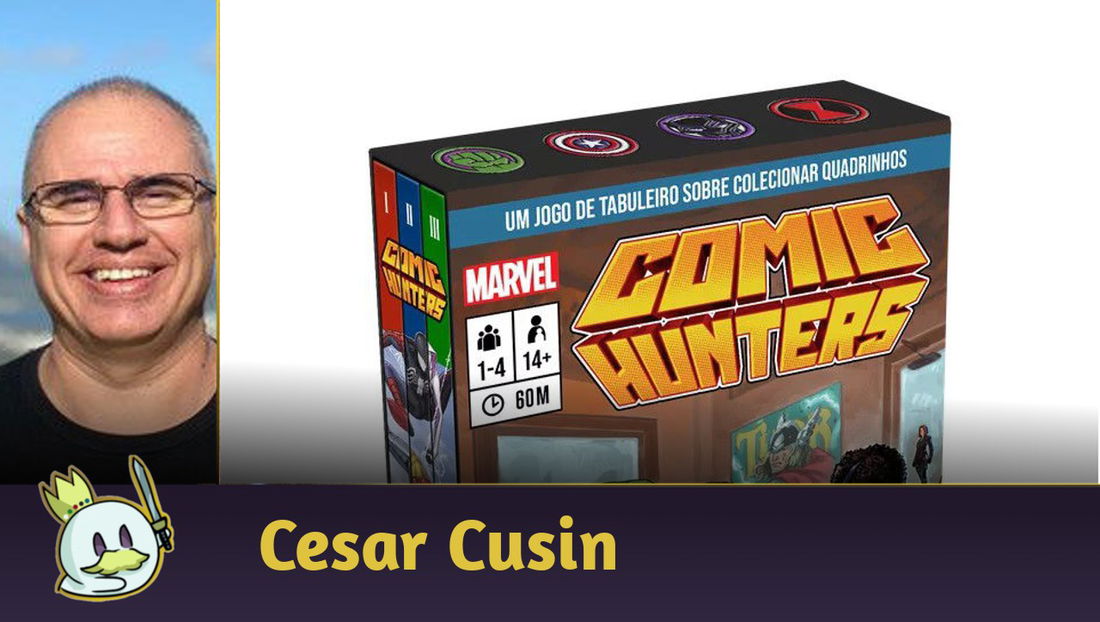
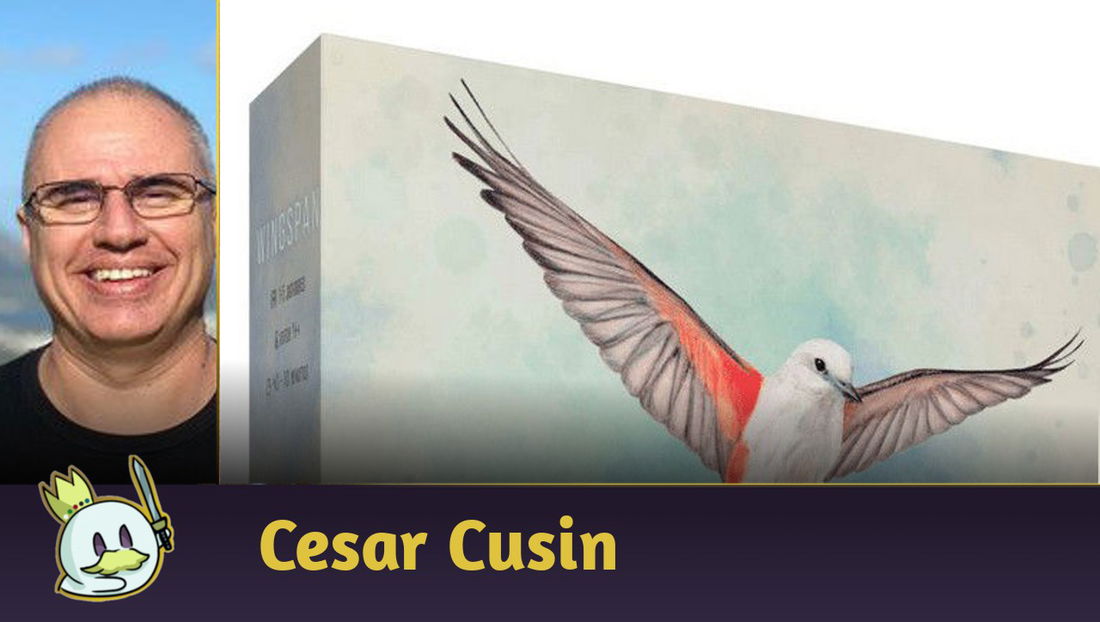


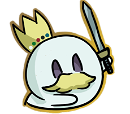
— Commenti 0
, Reazioni 1
Diventa il primo a commentare